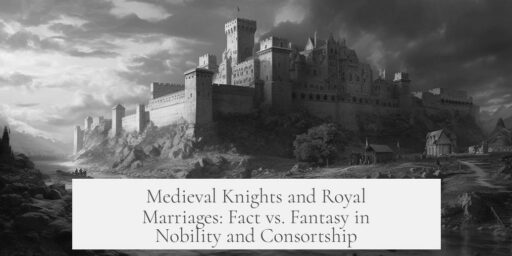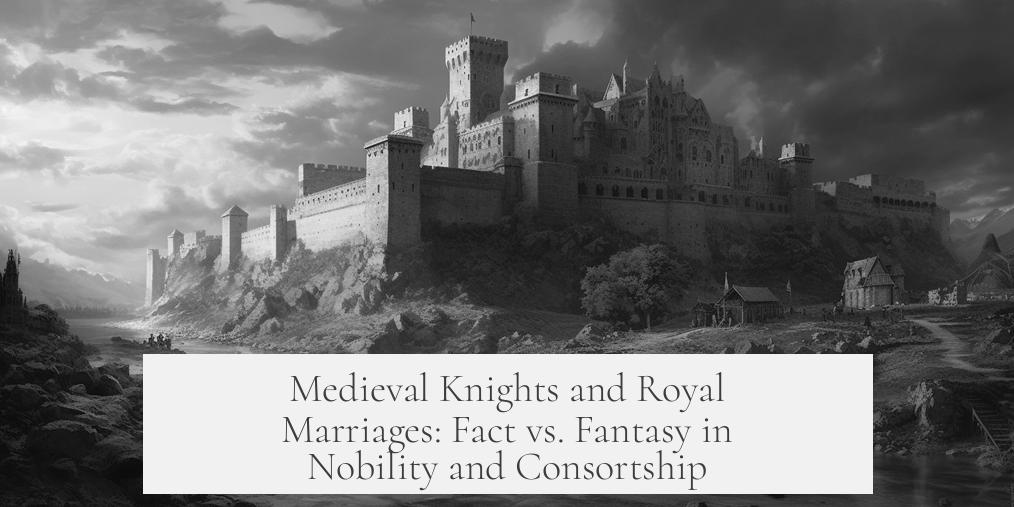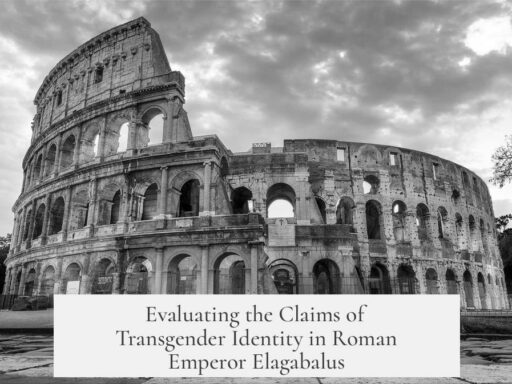Medieval knights did marry princesses and high-ranking nobility in certain historical contexts, especially during the Crusades and occasionally in later medieval Europe. Such marriages sometimes allowed knights to rise to the rank of royal consort, although these cases were exceptions rather than the rule.
Marriage patterns in medieval Europe were politically strategic, often involving alliances within the noble class. Knights, by definition, were typically of noble or gentry birth but usually ranked below the high aristocracy. However, some knights with notable family connections or military achievements gained the chance to marry princesses or royal women, consequentially elevating their own status.
A compelling example comes from the Crusades, where fluid political and social circumstances led to some unique marital alliances. Fulk V of Anjou is a prime case. Although a count rather than a royal, he married Melisende, the eldest daughter of King Baldwin II of Jerusalem. Melisende’s family had an obscure background, yet Fulk’s more notable lineage played a key part in his ascension. This union made Fulk not only a royal consort but a king in his own right, illustrating how marriage could serve as a pathway for a noble knight to rise in rank.
Guy of Lusignan’s marriage to Queen Sibylla of Jerusalem is another striking example. Guy was a knight of noble descent, but his family, the Lusignans, were relatively new aristocrats. His rise to king-consort through marriage to Sibylla, a queen by birth, marked a major elevation in prestige. Guy’s kingship coincided with critical moments, including the Battle of Hattin against Saladin. Although he eventually lost claims to Jerusalem, Richard the Lionheart compensated him with the island of Cyprus, underscoring the political leverage such marriages could grant.
Isabella I of Jerusalem also married several men who were knights or lesser nobles but rose through their royal connections. Notably, Conrad of Montferrat and Henry of Champagne were counts rather than kings but gained prominence through their marriages to Isabella. After Conrad’s assassination, Isabella married Aimery of Lusignan—King Guy’s brother—who became king-consort and later ruler of Cyprus. These marriages demonstrate how royal women sometimes married knights or lower-ranking nobles, especially in the volatile Crusader states, making their husbands royal consorts.
Later medieval England also provides notable cases. Catherine of Valois, daughter of the King of France and widow of Henry V of England, secretly married Owen Tudor, likely a court servant of uncertain status but not high nobility. Despite the king’s disapproval, their descendants, through political maneuvering, eventually founded the Tudor dynasty, profoundly influencing English history. This rare instance shows how a non-noble knight or gentleman marrying a royal widow could initiate significant dynastic changes, though such marriages were usually clandestine.
In a similar vein, Richard Woodville, a knight of lesser status, married Jacquetta of Luxembourg, a high-ranking noblewoman and widow of the Duke of Bedford. This union was also controversial as it lacked royal approval and breached expected social conventions. Yet, their daughter Elizabeth Woodville married King Edward IV of England, making the Woodvilles a dominant force in the English court. Here again, marriage elevated a knight’s family into royal circles.
These examples emphasize some important points:
- Knights who married into royalty or high nobility were often from families with some noble rank, though typically below their royal or noble spouses.
- Marriage alliances required exceptional political circumstances, such as Crusader state instability or secret liaisons that defied court norms.
- Such marriages could grant the knight the title of consort, integrating him into royal status, but this was rare.
- Royal women occasionally married knights or lower nobles when no appropriate royal matches were available, or to satisfy political needs.
- The social rank of knights in these cases was not usually “lowly commoners” but rather minor nobles or ambitious knightly families.
The overall historical pattern contrasts with much fantasy media, where knights often court princesses as a simple trope. Reality required complex political negotiations, social rank considerations, and sometimes the intervention of unusual events or power dynamics. The success of a knight marrying a princess and becoming royal consort depended on his family background, the political landscape, and the relative scarcity of suitable noble candidates at times.
| Example | Knight’s Status | Royal Spouse | Outcome |
|---|---|---|---|
| Fulk V of Anjou | Count, notable noble | Melisende, daughter of King Baldwin II | Became king-consort of Jerusalem |
| Guy of Lusignan | Noble knight, upstart family | Sibylla, Queen of Jerusalem | King-consort, later ruler of Cyprus |
| Owen Tudor | Court servant, low noble? | Catherine of Valois, royal widow | Secret marriage; ancestor of Tudor kings |
| Richard Woodville | Lesser knight | Jacquetta of Luxembourg, noble widow | Family elevated; daughter married King Edward IV |
Understanding these examples clarifies that knights could and did marry princesses or high-ranking noblewomen, but these cases required conditions beyond mere chivalric romance. The knight had to hold some notable status or military prestige, or the marriage had to serve political necessity or personal alliance.
- Knights occasionally married princesses or noblewomen, mainly when the knight was of noble birth or political importance.
- Such marriages could allow knights to rise to royal consort status.
- The Crusader states show multiple real historical examples.
- Later medieval England shows secret or unconventional marriages that altered royal lineages.
- Fantasy portrayals of knights casually marrying princesses simplify complex medieval social and political realities.
Did Medieval Knights Ever Marry Princesses and High-Ranking Nobility? Could a Knight Become a Royal Consort?

Yes, medieval knights occasionally married princesses and other nobles, especially if the knight wasn’t your run-of-the-mill sword-wielding peasant but more like a noble knight or a younger son of nobility. Becoming a royal consort through such a marriage, while rare, did happen under certain circumstances. Let’s unpack this layered historical question and see how reality measures up against the high-fantasy tales we know.
The idea of a humble knight sweeping a princess off her feet and climbing the social ladder to become a royal consort feels like a classic fairy tale. But in the tangled web of medieval politics, lineage, and power, such marriages weren’t just about romance; they were strategic moves—shaped by family ties, political needs, and sometimes desperate circumstances.
Knights and Nobility: Not All Knights Were Created Equal
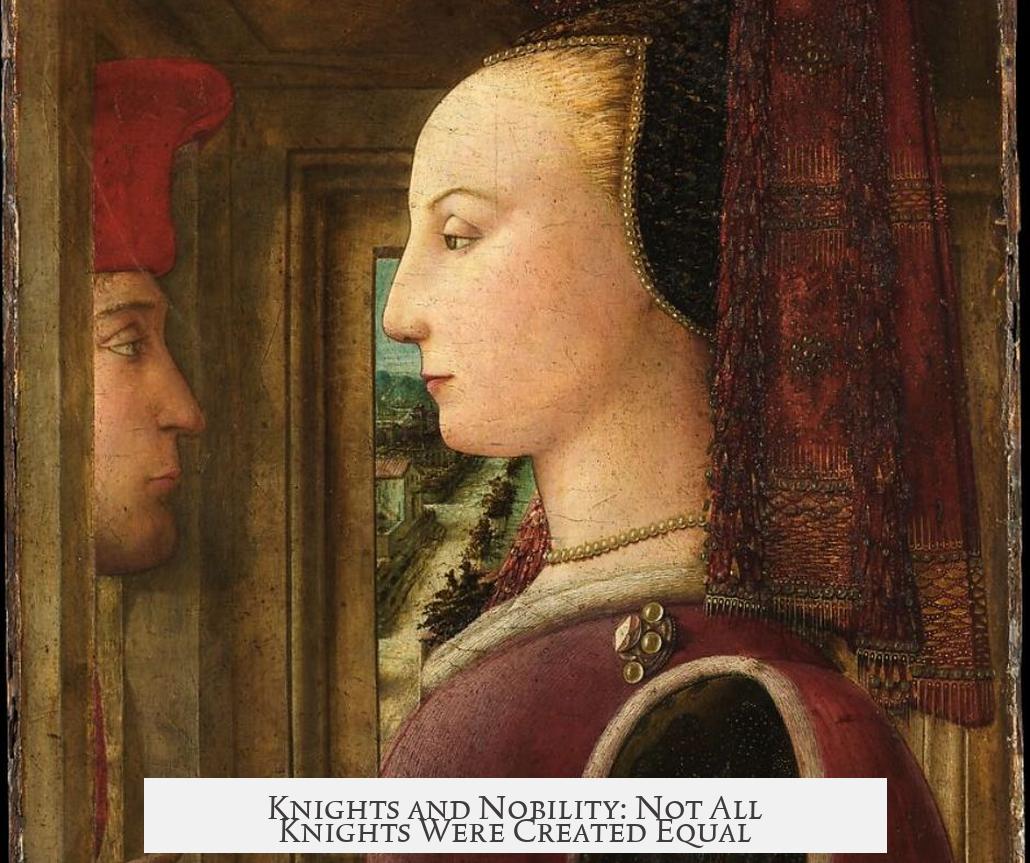
First, let’s clarify: not every knight was a lowly foot soldier or a mercenary in shining armor. Many knights came from noble families themselves, just junior branches or younger sons without inherited land or titles. These knights often had enough status to marry into noble families, especially if it benefited both sides.
Medieval marriage was political. A knight from a respected, though not royal, lineage could be an acceptable match for a princess if the marriage strengthened alliances, secured territories, or ensured succession.
Fulk V of Anjou and Melisende of Jerusalem: A Proto-Princess-Knight Marriage
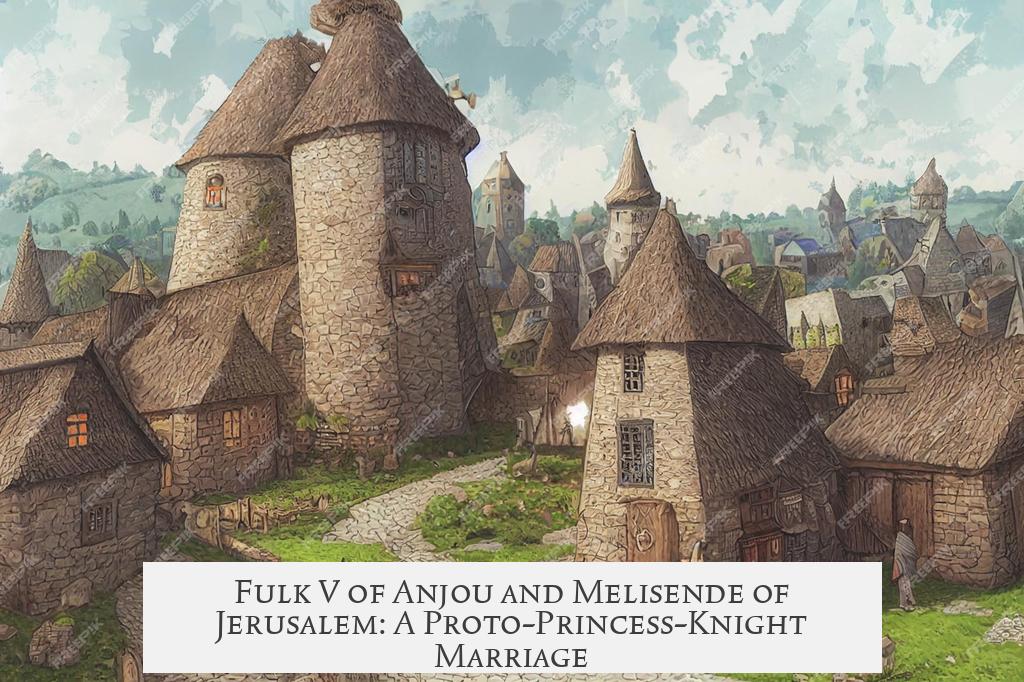
Consider the match between Fulk V, count of Anjou, and Melisende, eldest daughter of King Baldwin II of Jerusalem. Fulk’s family had a stronger, more prominent genealogy, making him a worthy match despite not being royal initially. Melisende’s father’s background was relatively obscure, so politically, Fulk elevated the family’s prestige.
This marriage exemplifies a knightly noble marrying into high nobility, emphasizing power balance and status, rather than purely royal royalty.
Sibylla’s Marriages and Guy of Lusignan: A Knight Rises to King-Consort
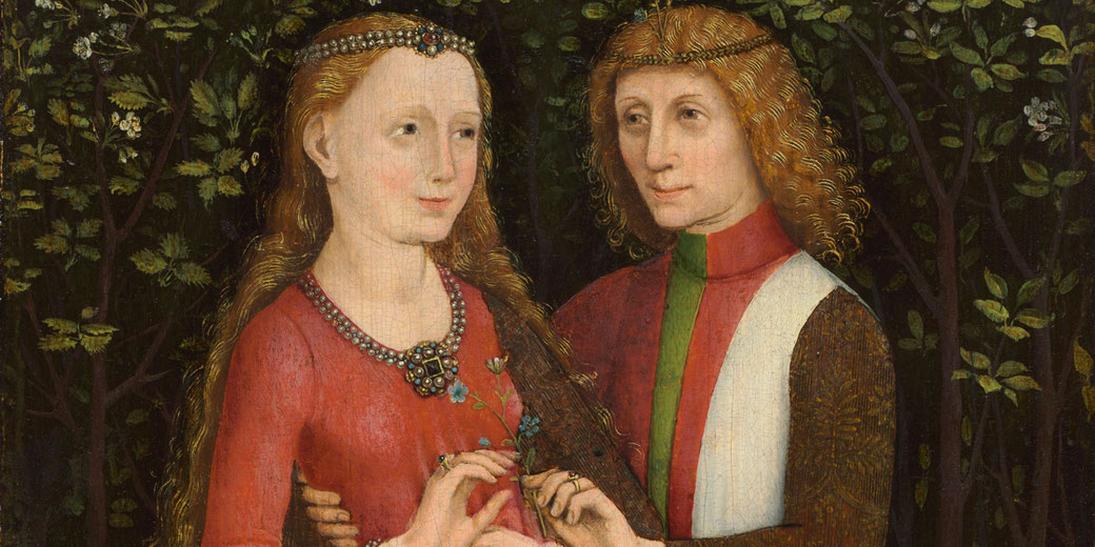
One of the most famous cases is Sibylla, granddaughter of Fulk and Melisende. She needed a husband to maintain her dynasty because her brother Baldwin IV suffered from leprosy. Her first husband, William of Montferrat, was noble but not quite royal.
After William’s early death, Sibylla married Guy of Lusignan. Guy wasn’t a random knight—his father was lord of Lusignan and count of La Marche—but his family was an “upstart,” new to royal circles. Despite this, Guy made the big leap. When Sibylla became queen, Guy was installed as king-consort alongside her in 1187.
His story is intriguing. Earlier, Guy had been expelled from France for killing a royal officer—a checkered past for sure. Yet, through marriage, he vaulted into the highest position in the Kingdom of Jerusalem. After Sibylla’s death during the Third Crusade, Guy lost his claim but was granted the island of Cyprus by Richard the Lionheart, who ironically had once banished him. Talk about a plot twist!
Isabella I and Her Marriages: Lesser Nobles Become Royal Consorts
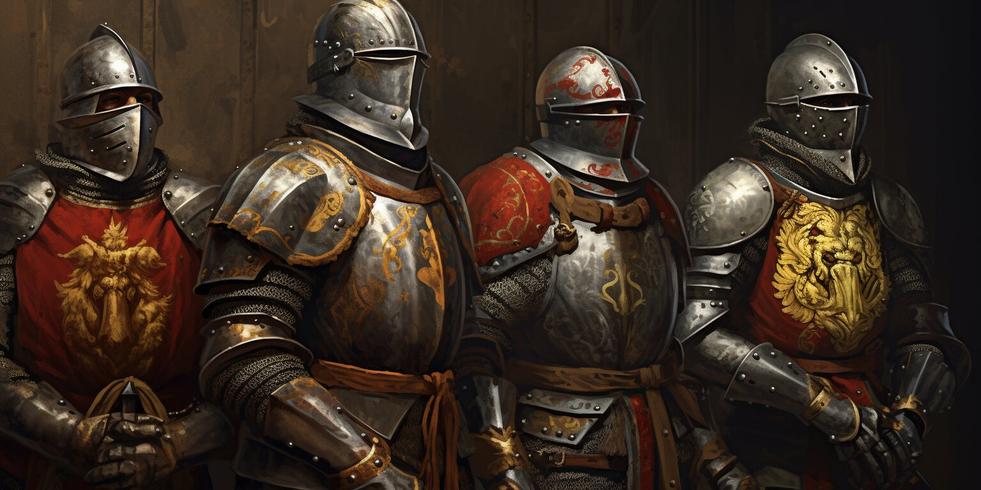
Sibylla’s half-sister, Isabella I, had several marriages to men of lower rank than herself but still significant nobles, proving the pattern wasn’t unique.
- Conrad of Montferrat was her first husband, the brother of Sibylla’s first spouse. They had a daughter named Maria before Conrad’s assassination.
- Henry of Champagne, a prominent noble (though not royal), was her second husband; their daughter was Alice.
- Aimery of Lusignan, brother of Guy, married Isabella after Henry’s death. Though lower in rank, Aimery became king-consort of Jerusalem and later ruled Cyprus.
Clearly, marriage to high-born women allowed ambitious knights or minor nobles to climb the social ladder and even gain kingship consort status.
Royal Power Through Marriage Lines and Regents
Follow the children and life events, and you see how these marriages shaped power dynamics further:
- Isabella’s daughter Maria married Frederick II, Holy Roman Emperor; their son Conrad II inherited imperial titles.
- Alice, daughter of Isabella and Henry of Champagne, married Hugh I of Cyprus, son of Aimery.
- Raoul of Soissons, a crusader knight from a count’s family, married the dowager queen Alice and became regent-consort of Jerusalem before returning to France.
These interconnected marriages among nobles, knights, and royalty show fluid social mobility—under political necessity.
Fifteenth-Century England: Secret Marriages of High Nobles and Lower-Ranked Knights
Jumping ahead a few centuries and thousands of miles, the English examples paint a similar picture of secret or frowned-upon marriages.
Catherine of Valois, daughter of Charles VI of France and widow of King Henry V of England, secretly married Owen Tudor. Owen was a court servant—not exactly high nobility. Parliament even forbade Catherine’s remarriage, so their union was under the radar. Despite this, their grandson, Henry Tudor, eventually became King Henry VII, launching the Tudor dynasty. This is a prime example of a lower-status man marrying into royalty and eventually rising indirectly to kingship.
Another example is Richard Woodville and Jacquetta of Luxembourg. Jacquetta was high nobility and the widow of the Duke of Bedford. Richard was a relatively unimportant knight, and their marriage was kept secret to avoid royal disapproval. Their significant daughter Elizabeth Woodville married King Edward IV, transforming the family’s status dramatically.
What Does This Tell Us? Could Any Knight Marry a Princess and Become Royal Consort?
Not exactly every knight. The key is that knights with noble blood or powerful family ties had a better chance of marrying into high nobility. Sometimes, social status took a back seat to political necessity, the need for heirs, or advantageous alliances.
Occasionally, knights from less established nobles or non-royal but wealthy families—like Guy of Lusignan or Owen Tudor—married into royalty. These unions were often controversial, secret, or politically complicated.
MARRIAGE TO A PRINCESS OR QUEEN COULD CONFER THE TITLE OF ROYAL CONSORT, but this status came with strings attached. For example, Guy became king-consort with Sibylla but lost his throne after her death. Aimery also rose through marriage but never quite shook the label of an ‘upstart.’
How Do These Cases Compare to Fantasy Tropes?
Fantasy stories love the idea of nobodies rising to royal ranks through marriage or heroic deeds, echoing tales like those of Guy or Owen Tudor. The truth is messier: there was always some noble pedigree, political rationale, or strategic purpose behind these marriages.
Low-born knights marrying princesses were the exception, not the rule. And secret marriages could cause scandals or royal backlash. Yet history’s real twists prove social mobility sometimes did happen, just not as neatly as in fairy tales.
Lessons for History Lovers and Fantasy Fans
- Knighthood comes in various ranks. Not all knights were peasants with swords; many held noble blood that opened doors.
- Marriages served politics, not just love. Royal and noble marriages were negotiations of power, land, and security.
- Royal consorts could come from knightly ranks but rarely from commoners. Social climbing through marriage was possible but complicated.
- Secret marriages and political scandals were part of reality. Owen Tudor and Richard Woodville’s romances weren’t approved, yet changed history.
- Medieval knights marrying princesses was rare but real. The stories of Guy of Lusignan and Fulk of Anjou prove it.
Final Thoughts: Reality vs. Romance
In conclusion, medieval knights could and sometimes did marry princesses and high nobility, rising to the station of royal consort under special conditions. Their ranks, family background, and the political needs of the time largely determined if a match was possible.
While fantasy makes it look like any heroic knight can win a princess—and a kingdom—with charm and swordplay, history demands a mix of bloodlines, politics, and opportunity.
So next time you see a knight tossing his helmet in triumph after he weds a princess in a story, remember the real knightly marriages involved much more than just battlefield glory and a swoon-worthy kiss.
“In medieval politics, love was often less a spark and more a chess move.”
Are there other medieval “unlikely matches” or social climbs you wonder about? History is full of surprising tales that challenge the stereotypes. Dive deeper and you might find that reality is as thrilling as any fantasy!
Did medieval knights often marry princesses or queens as shown in fantasy stories?
Marriages between knights and high-ranking nobility did happen but were rare. Knights involved were usually of noble birth, not common low-status soldiers. These unions often required special circumstances or political reasons.
Could a knight become a royal consort by marrying a princess or queen?
Yes, knights sometimes rose to royal consort status through marriage. For example, Guy of Lusignan became king-consort by marrying Queen Sibylla of Jerusalem. Such cases were uncommon and depended on politics and lineage.
Were knights who married royalty usually low-status individuals?
Knights marrying royalty typically had noble backgrounds. Guy of Lusignan’s family was a recent noble dynasty, not commoners. Truly low-ranking knights rarely married into royal families without exceptional reasons.
How did marriages between knights and high nobility affect medieval politics?
These marriages often shifted power balances. For example, Richard Woodville’s marriage to Jacquetta of Luxembourg connected their daughter to the English throne, impacting dynastic politics significantly.
Did secret or socially frowned-upon marriages between knights and noblewomen occur?
Yes. Catherine of Valois secretly married Owen Tudor, a man of unclear status, causing political tension. Such unions sometimes required secrecy due to royal disapproval but could still produce influential descendants.
